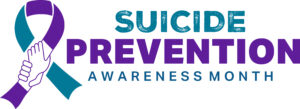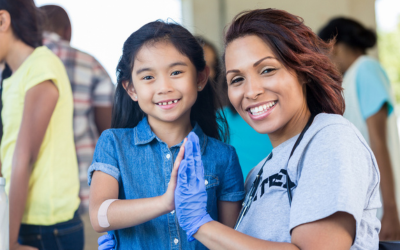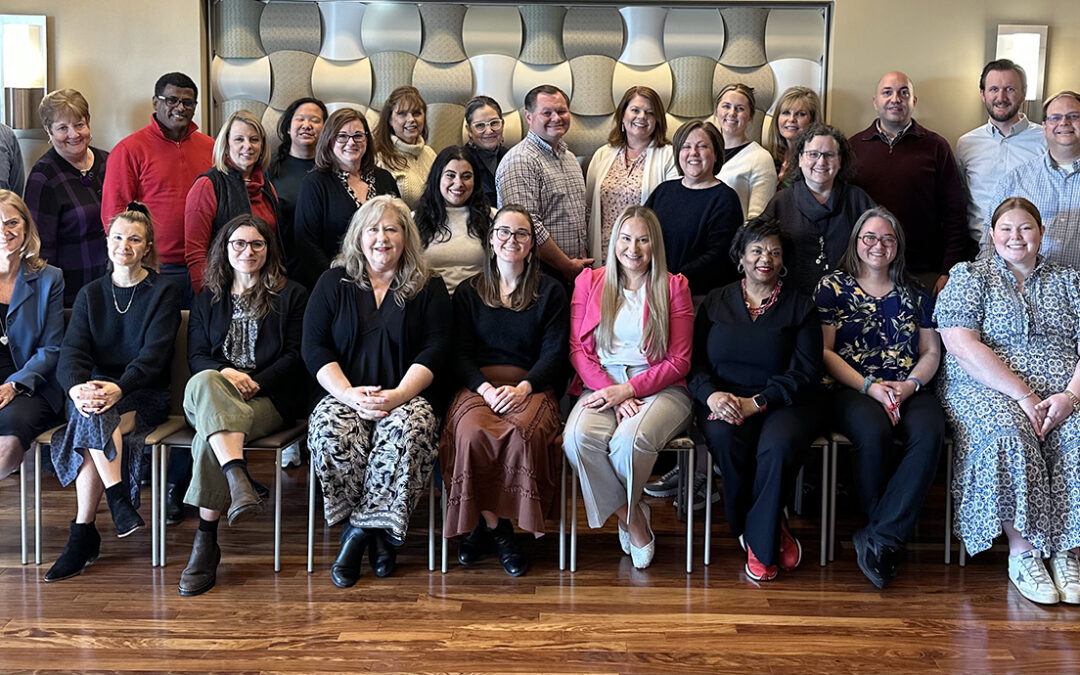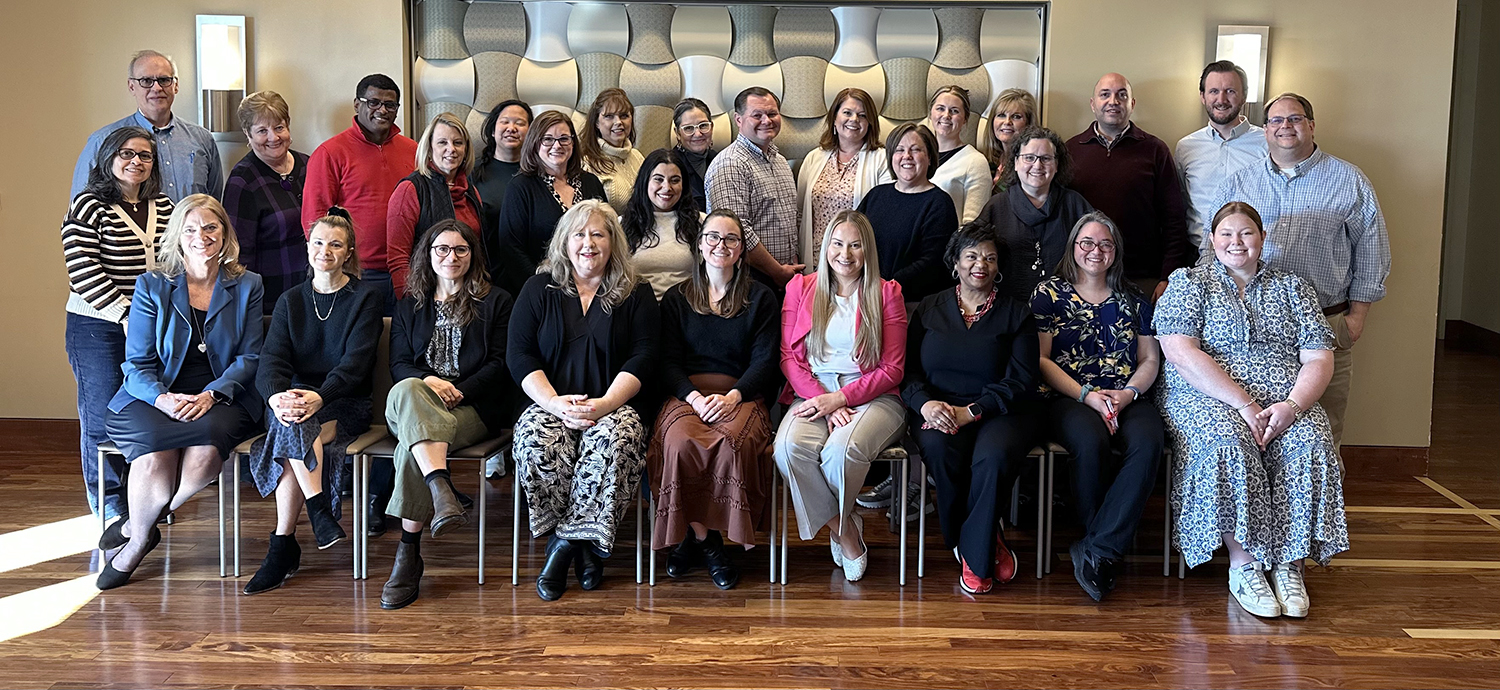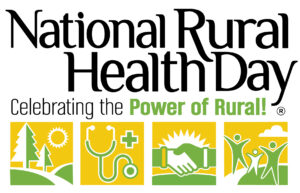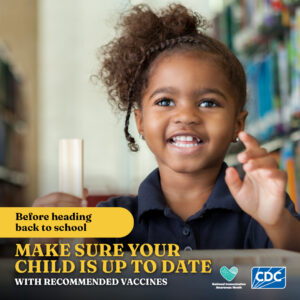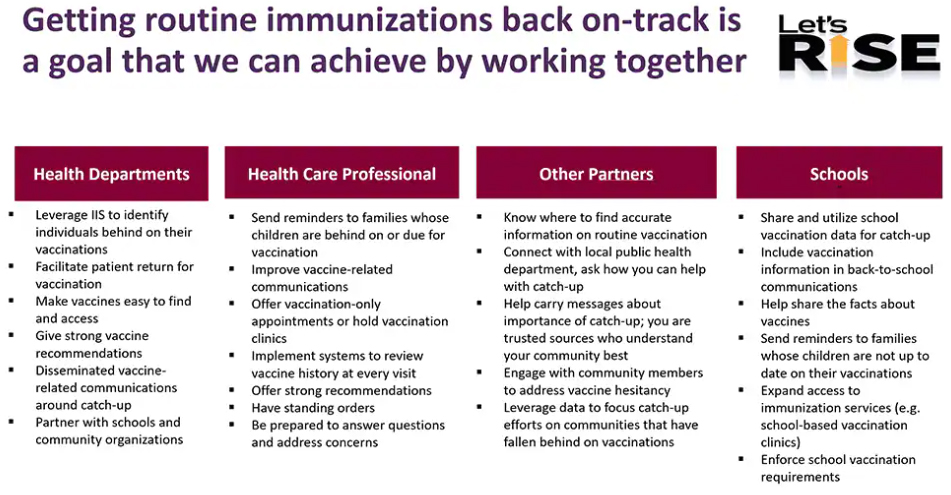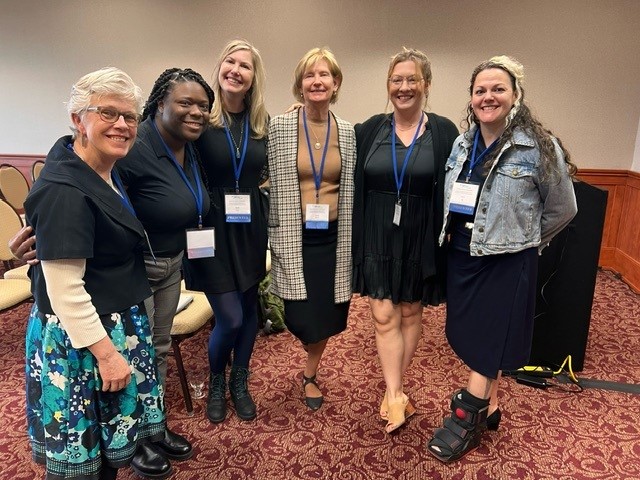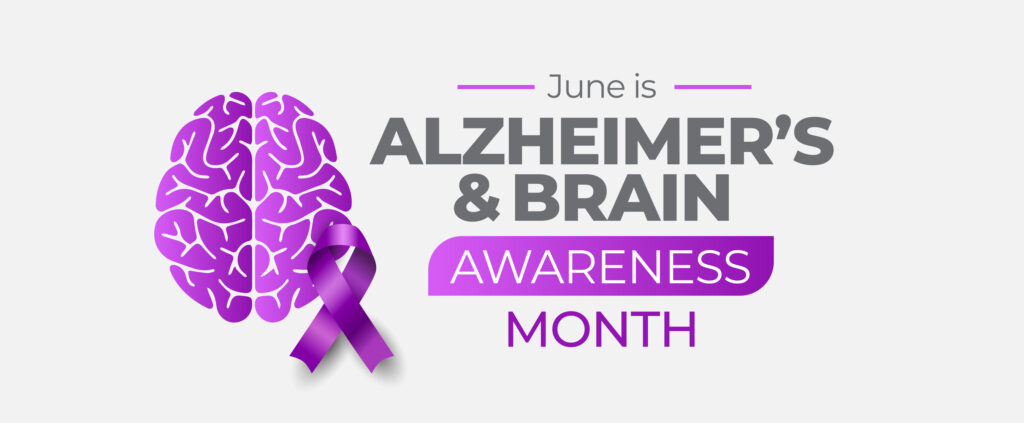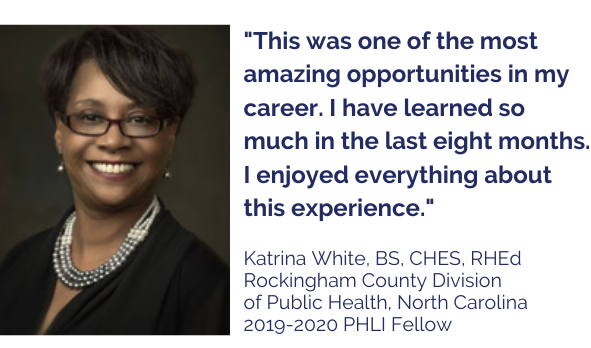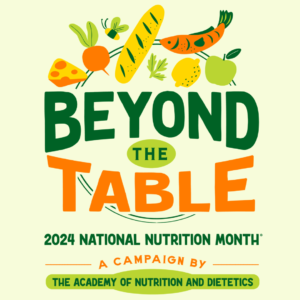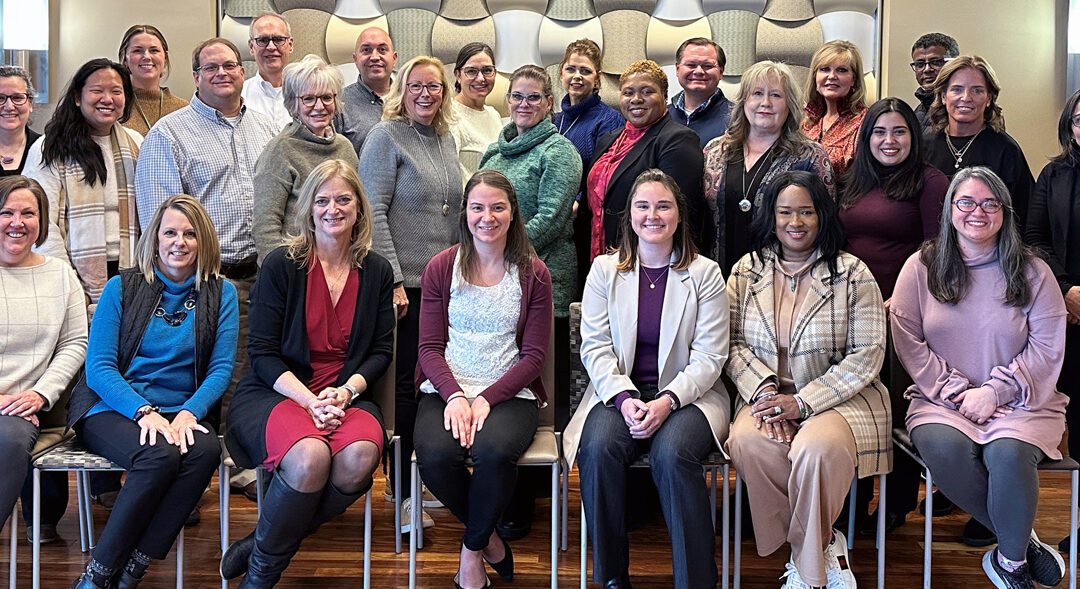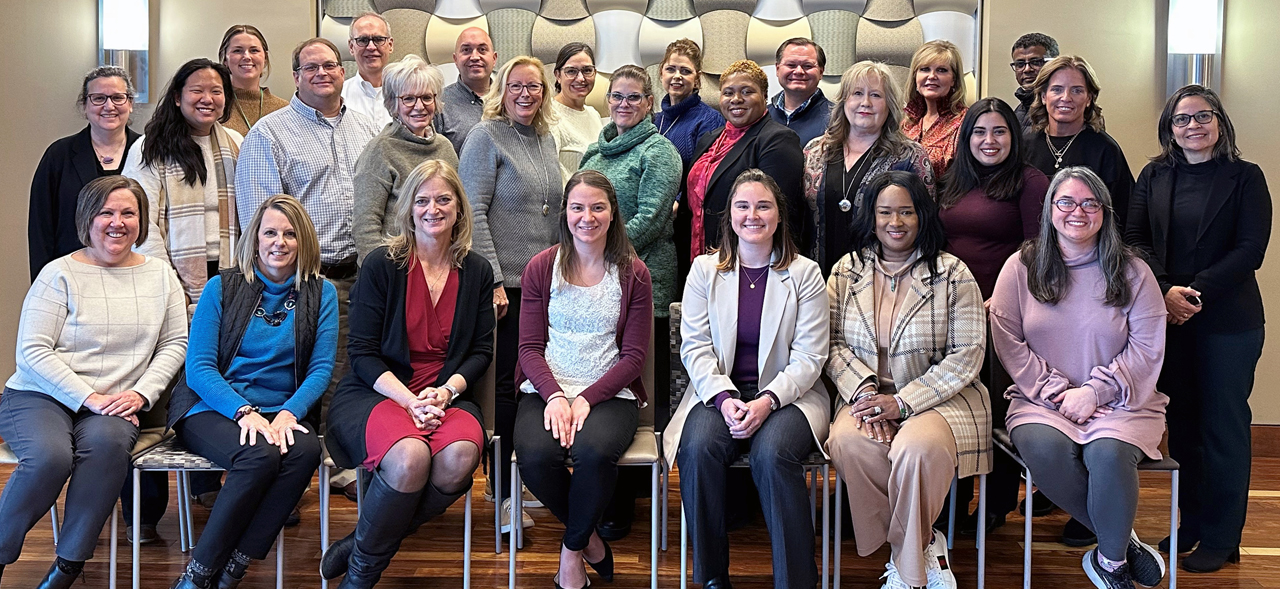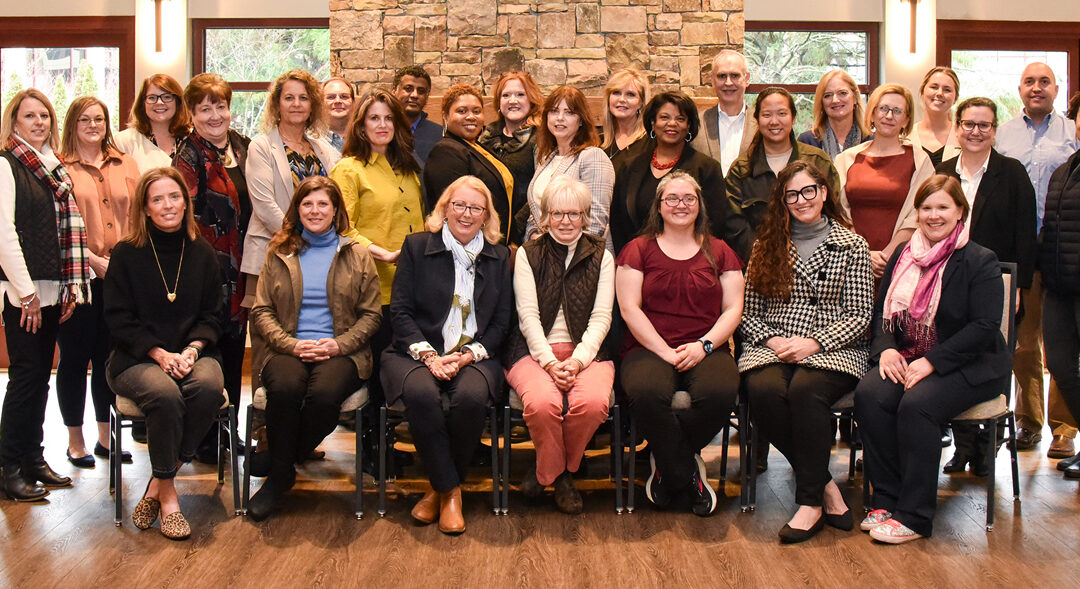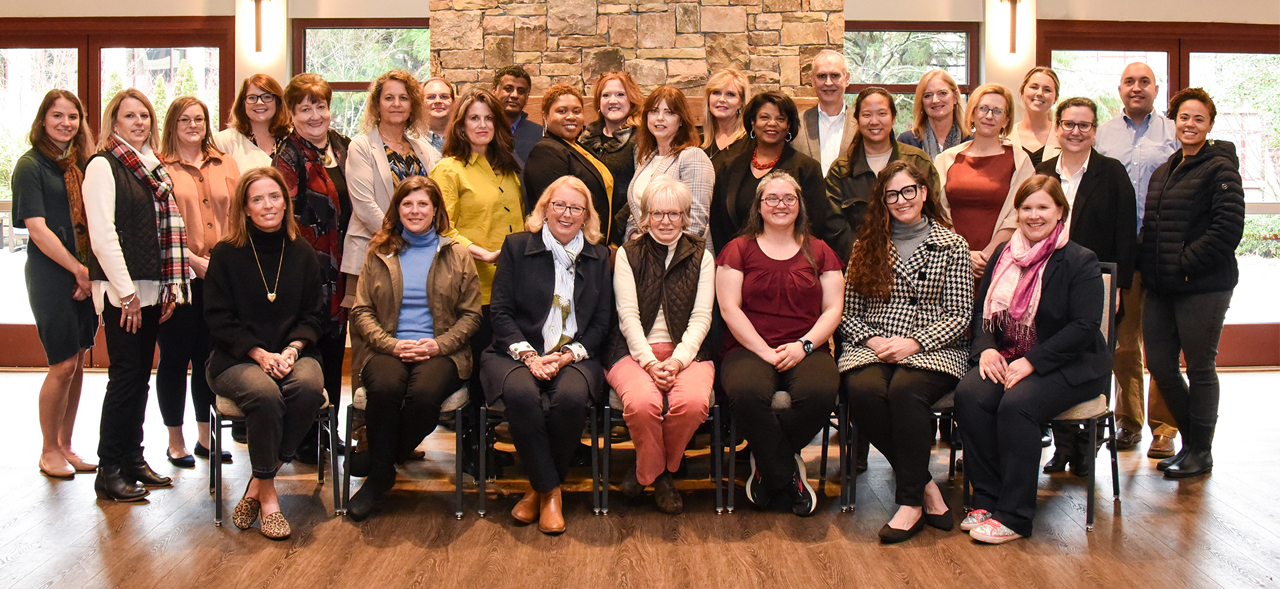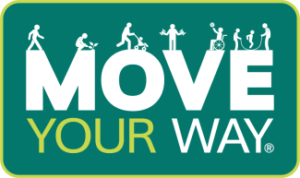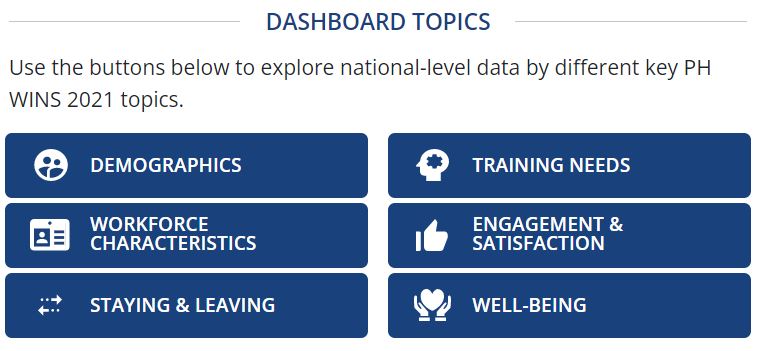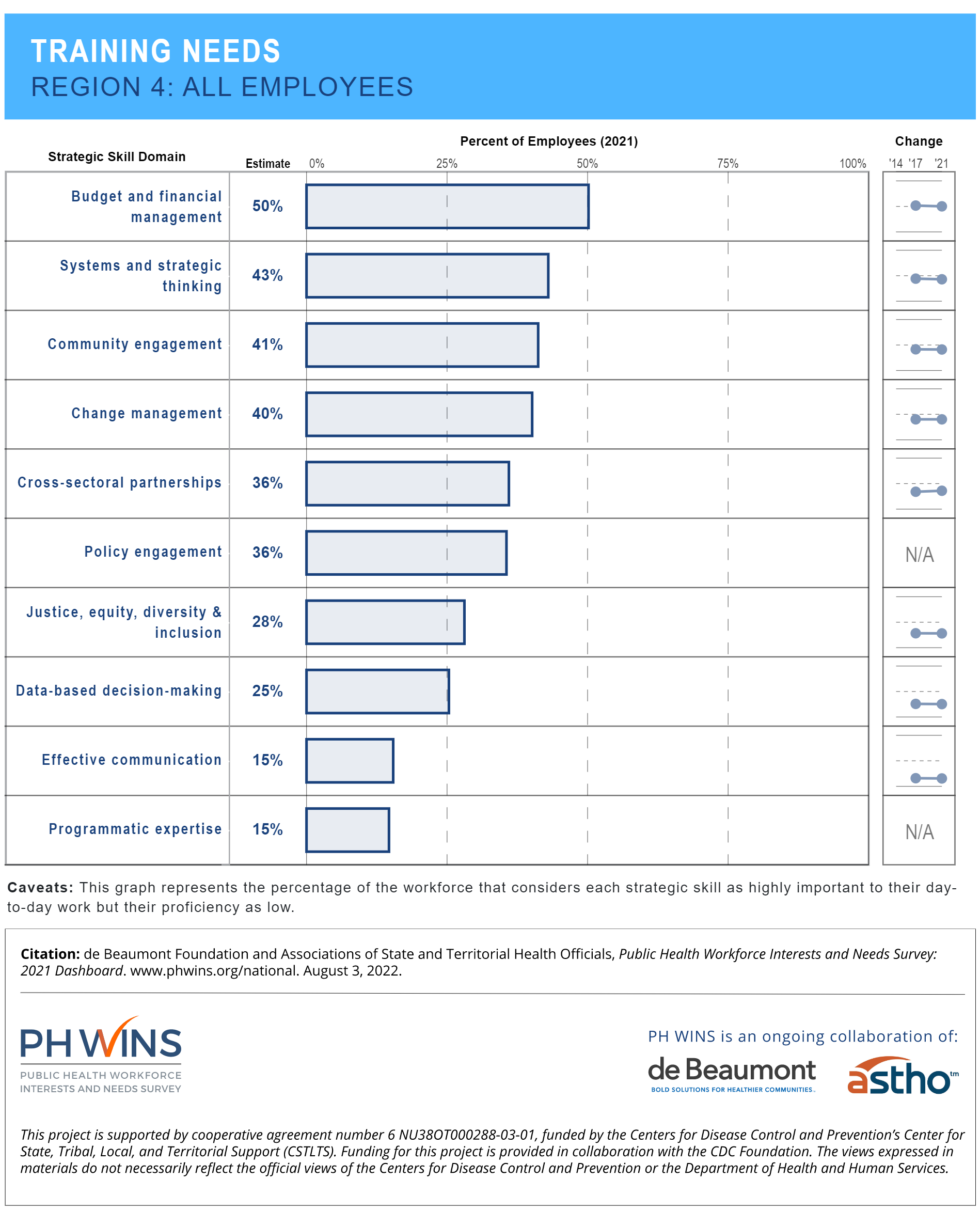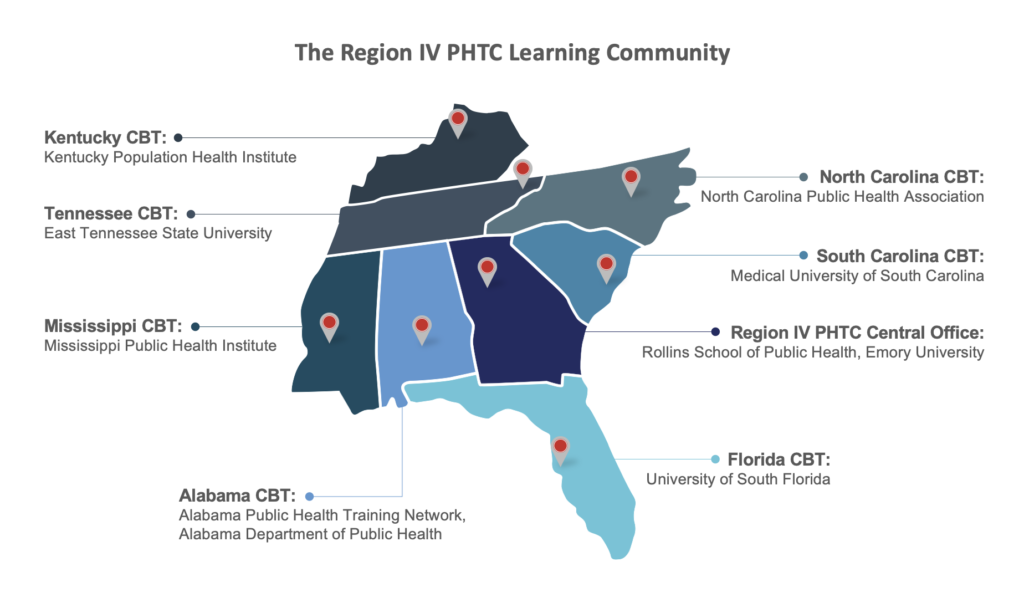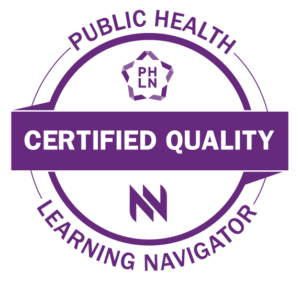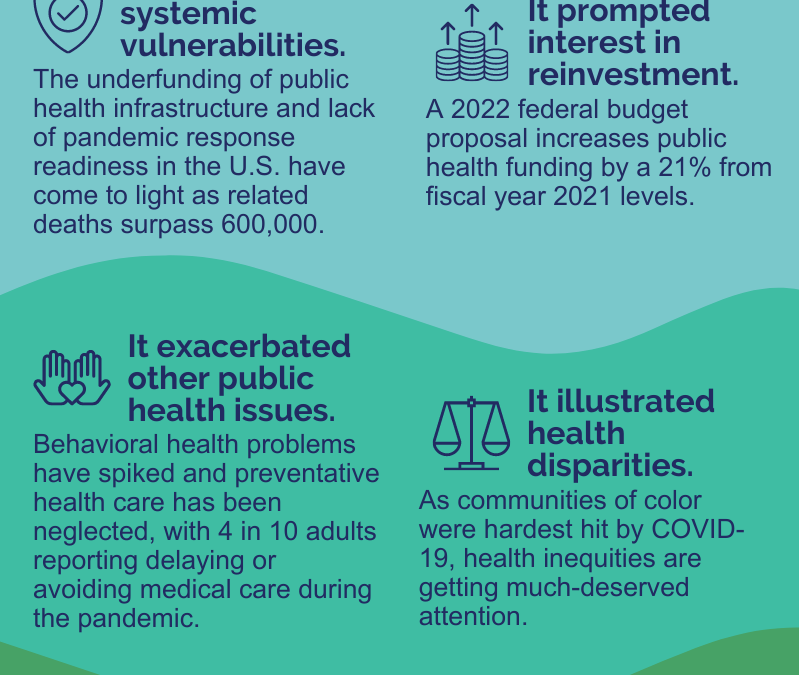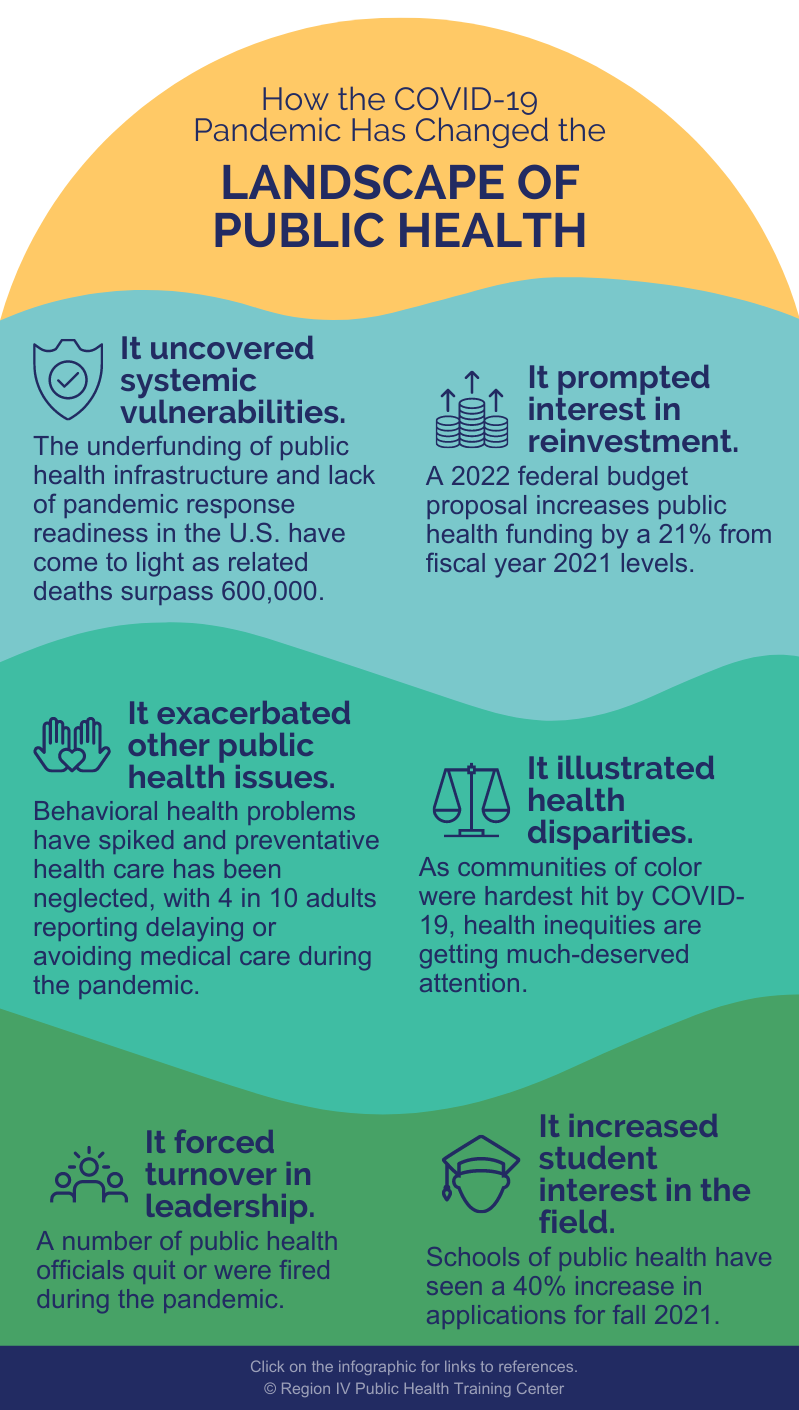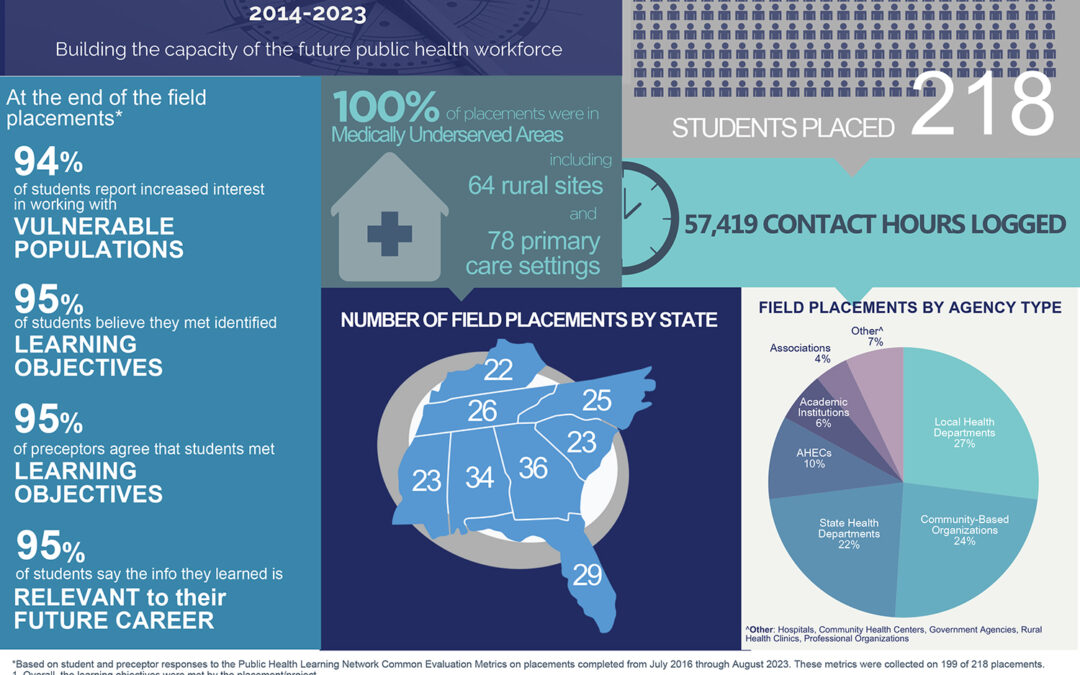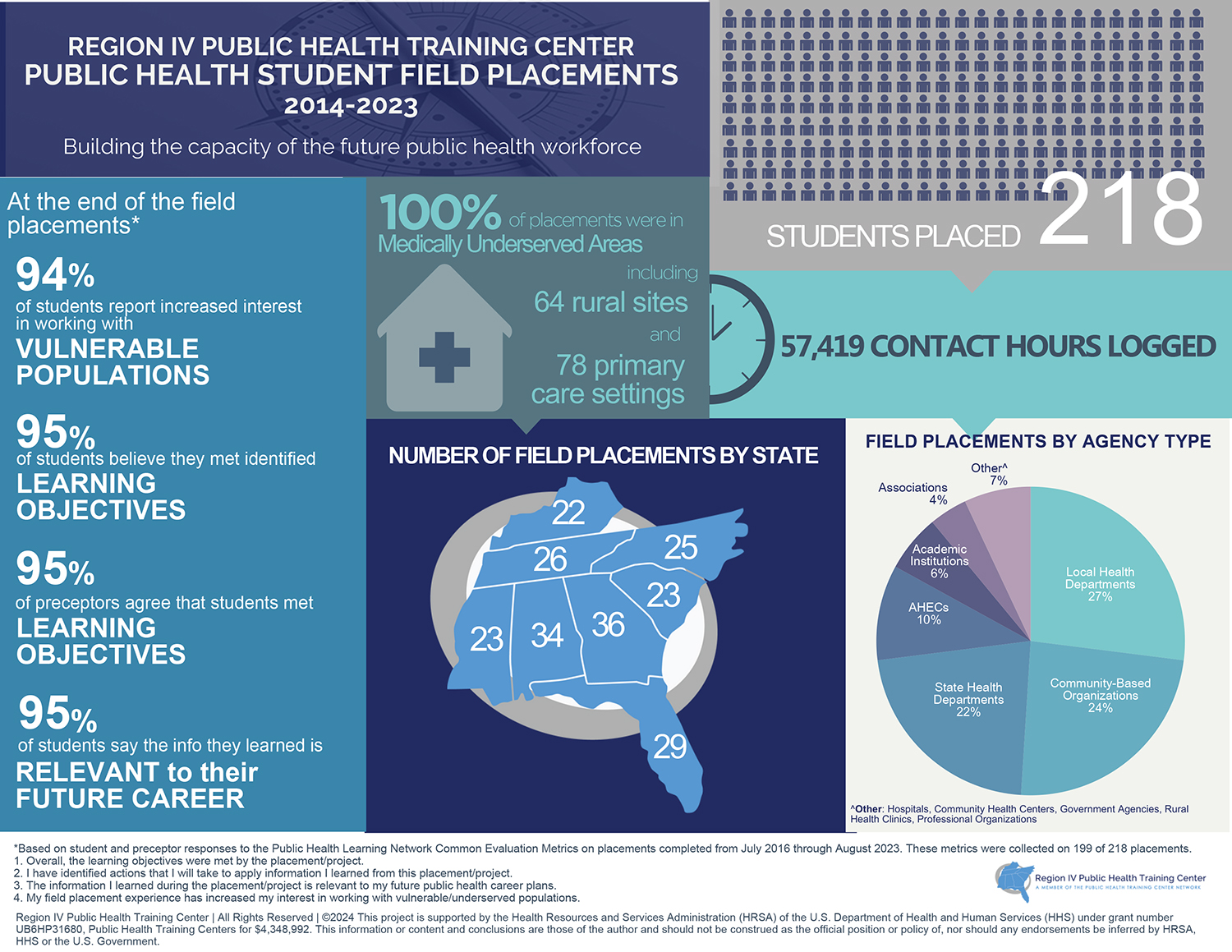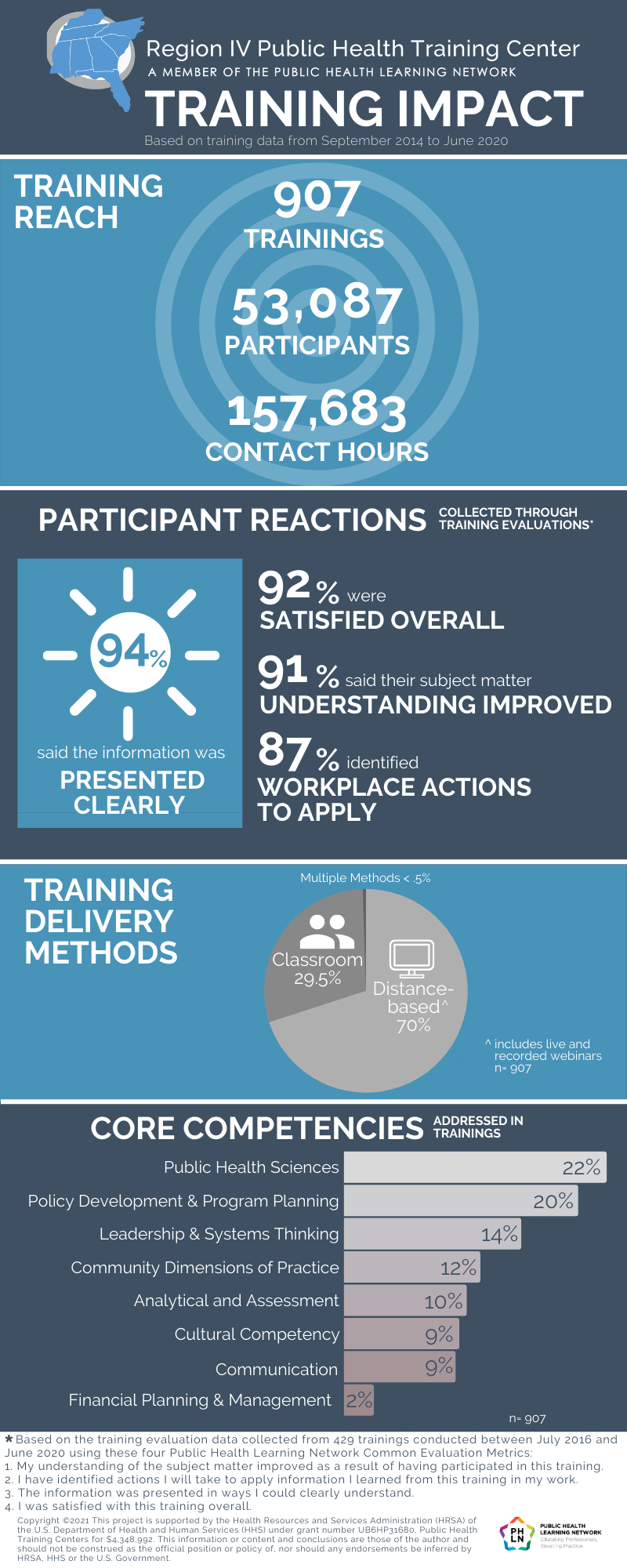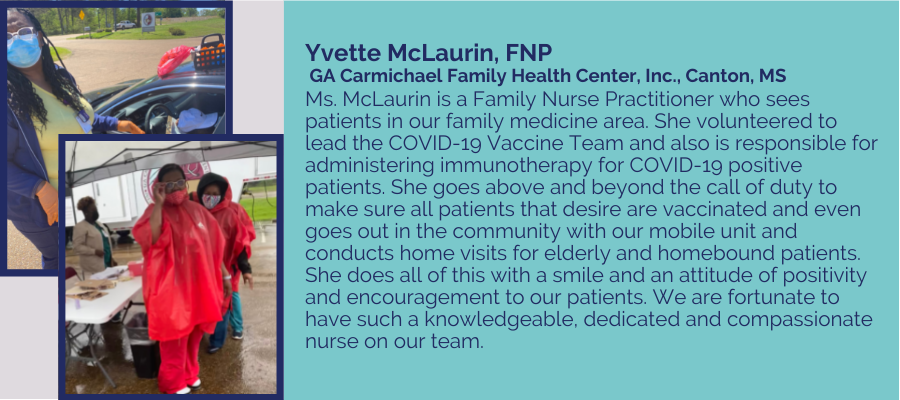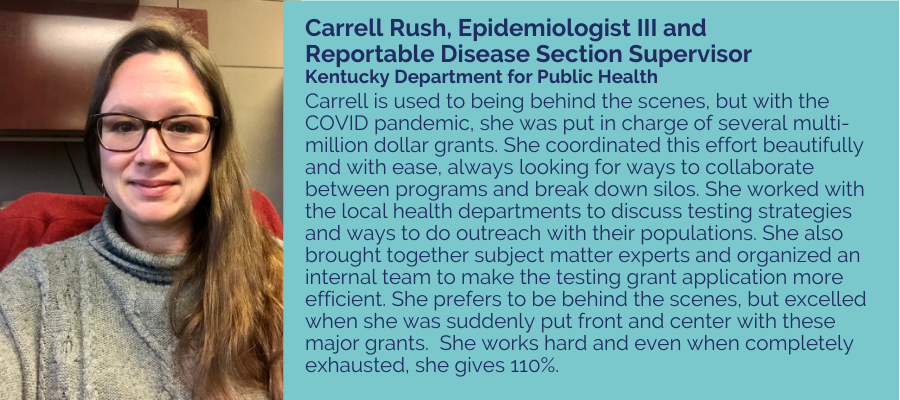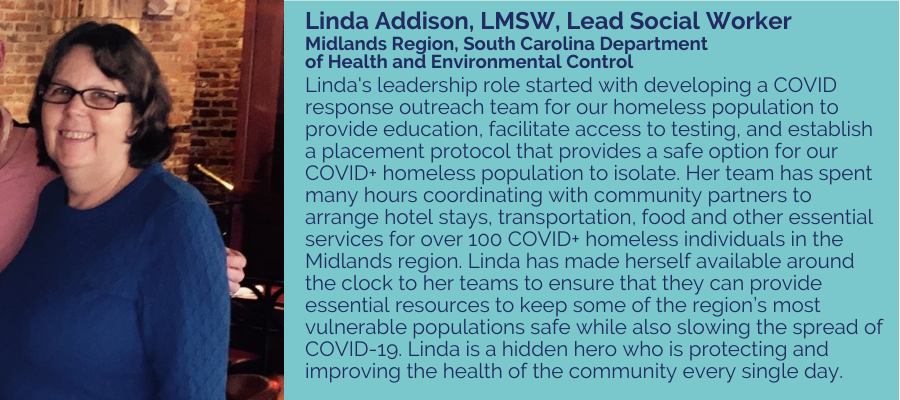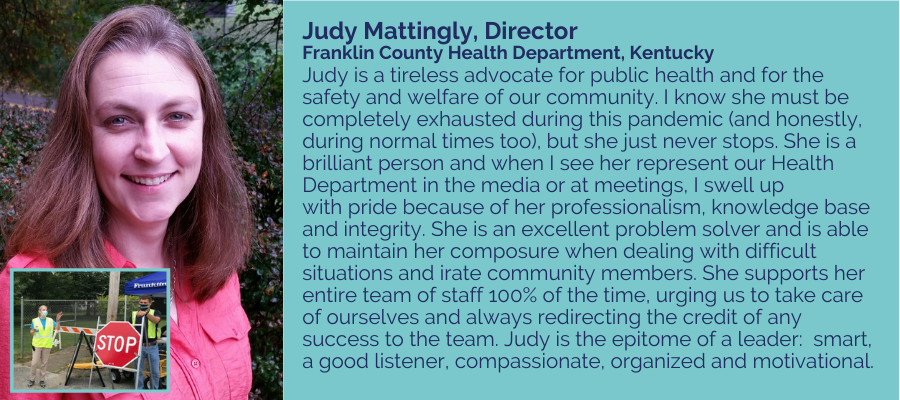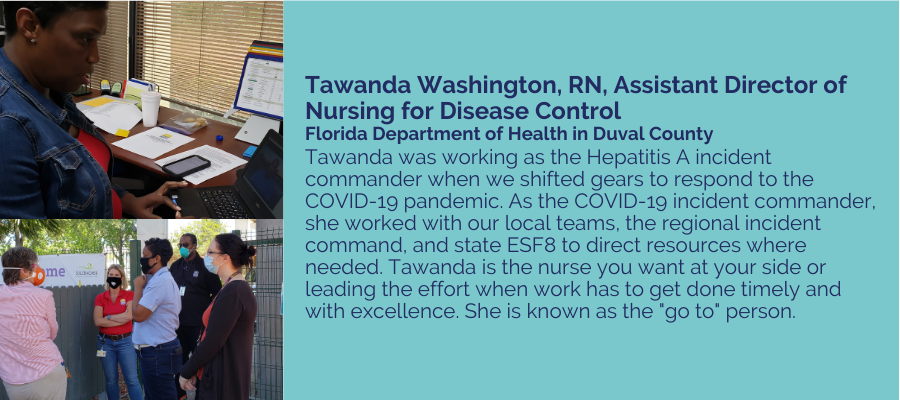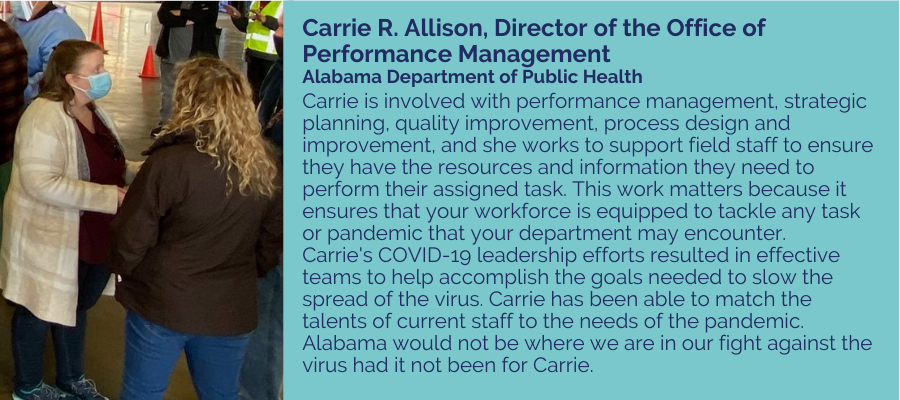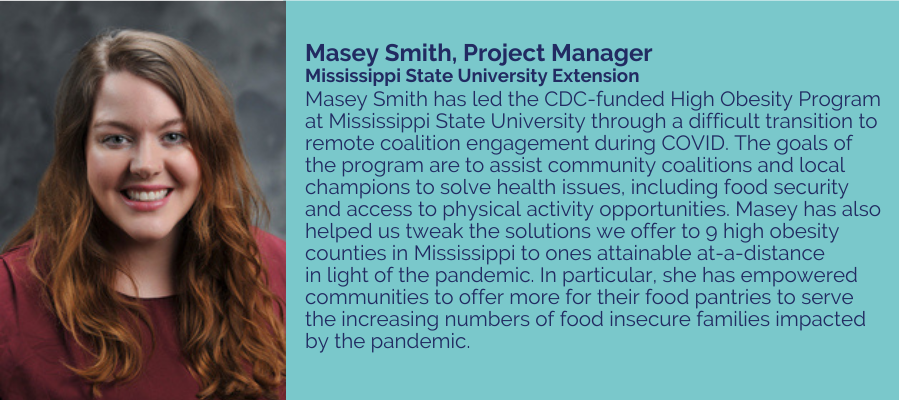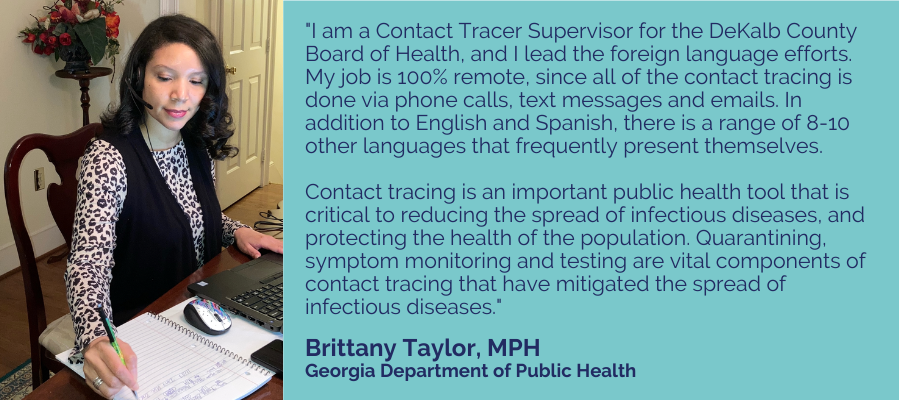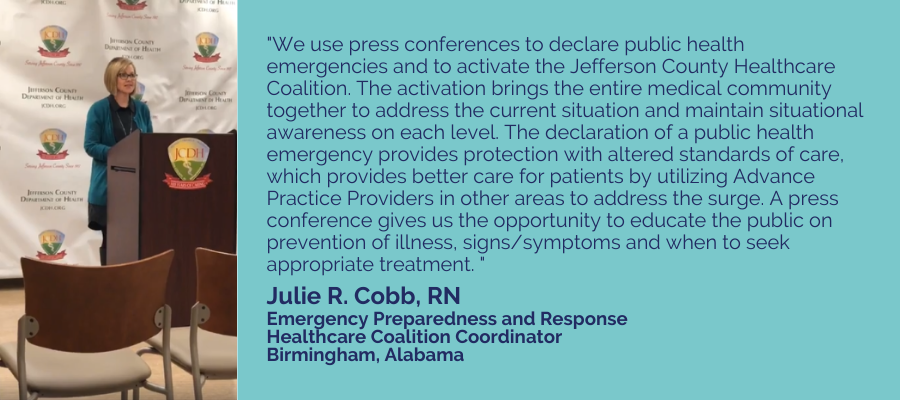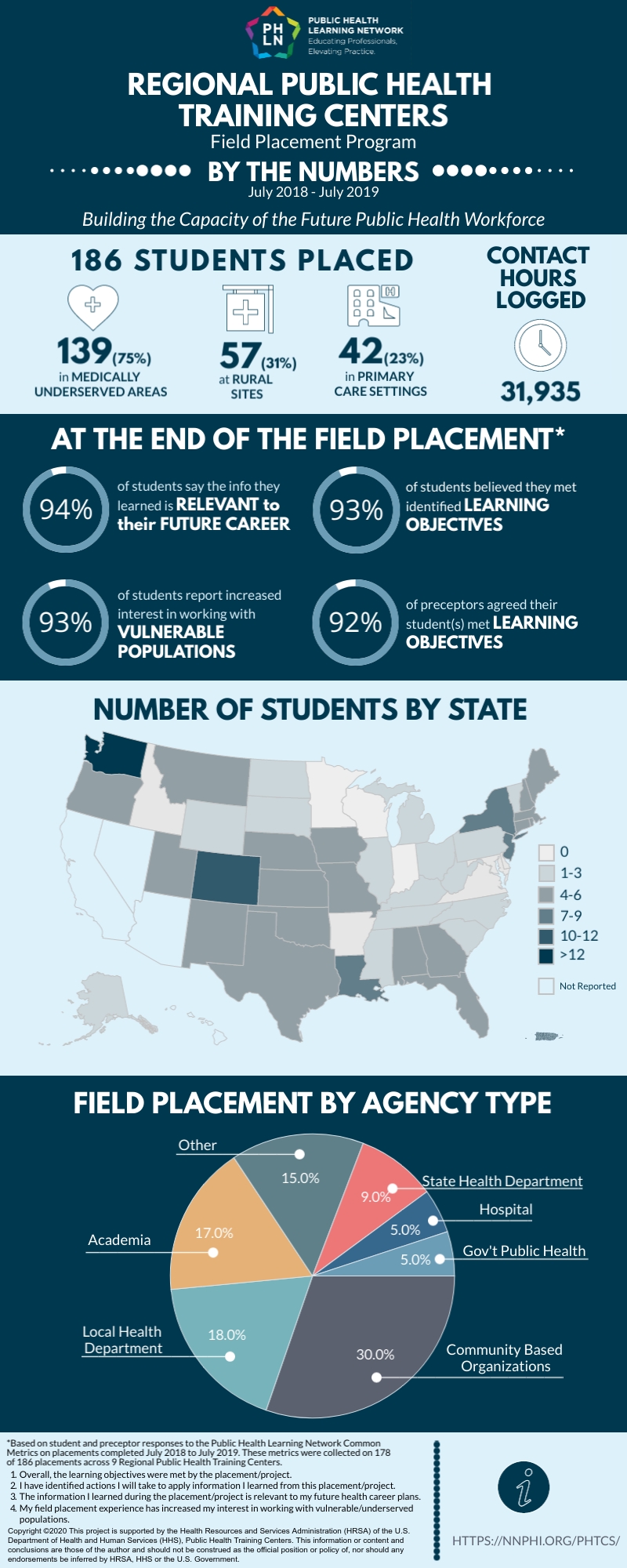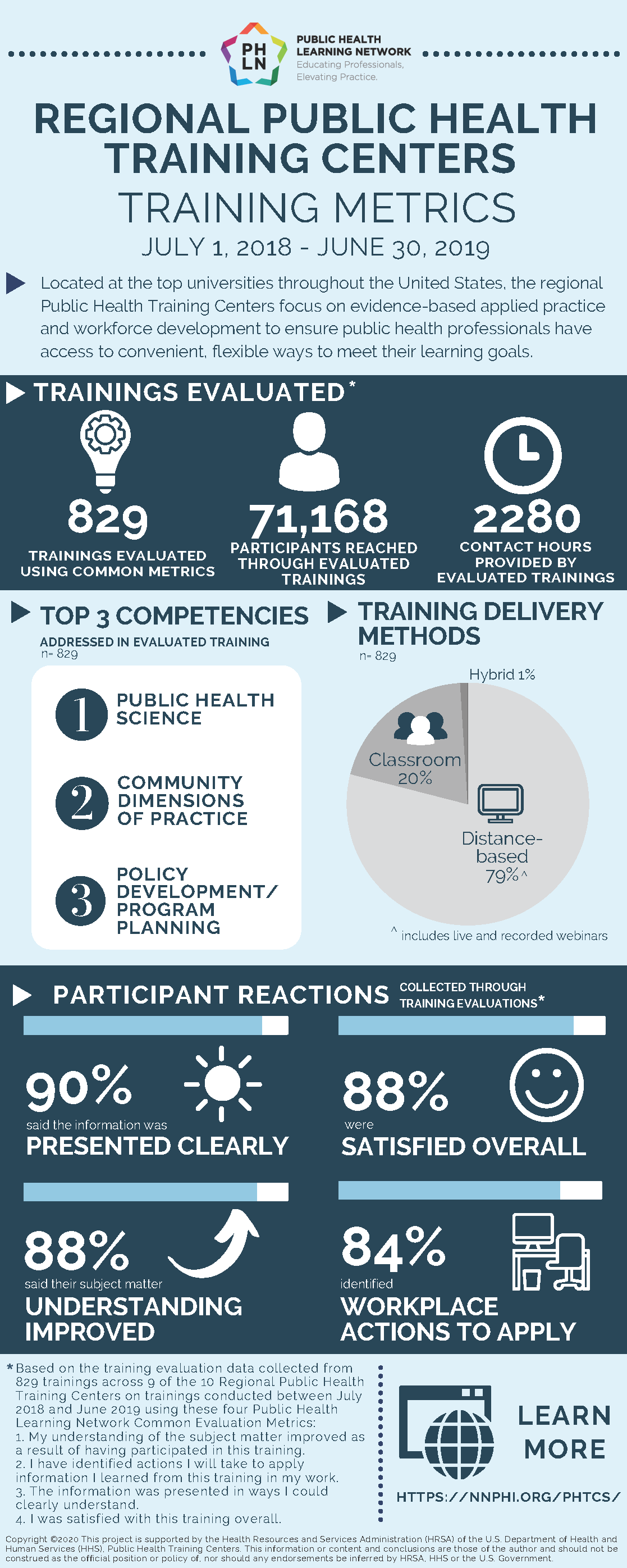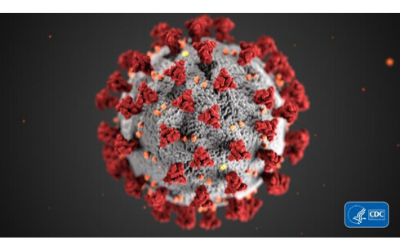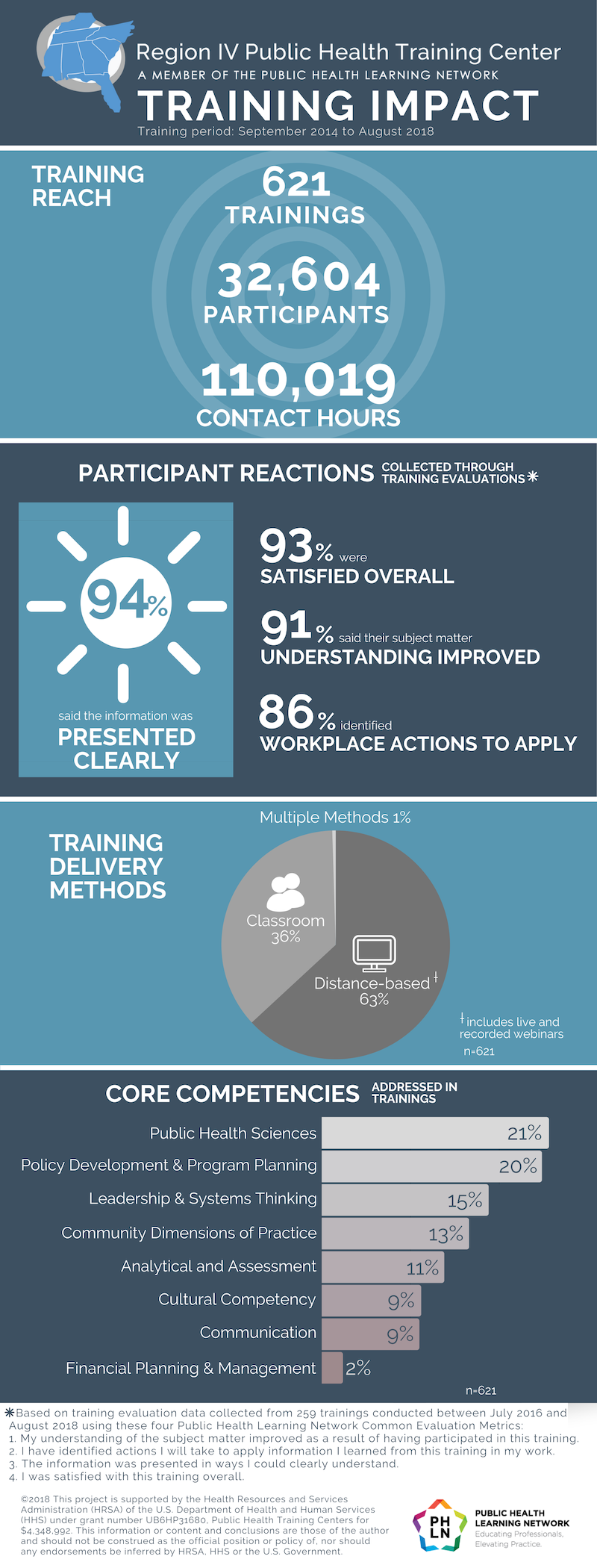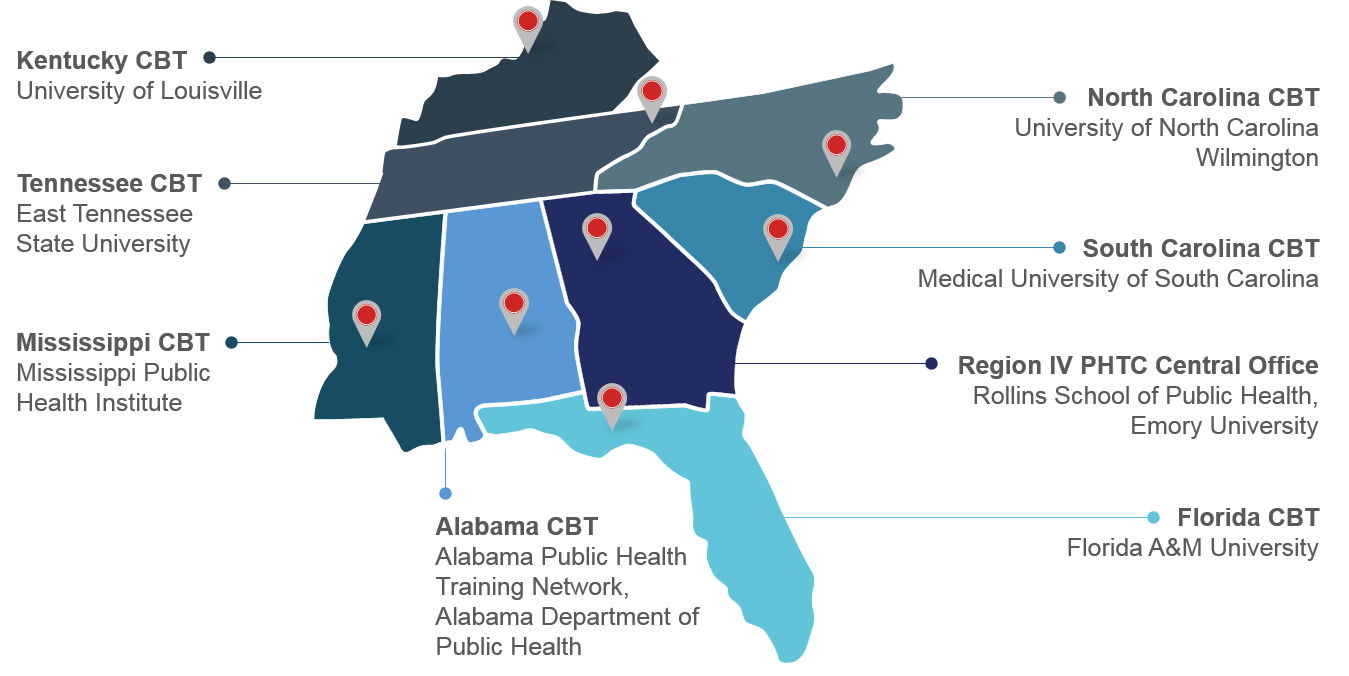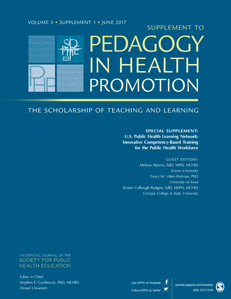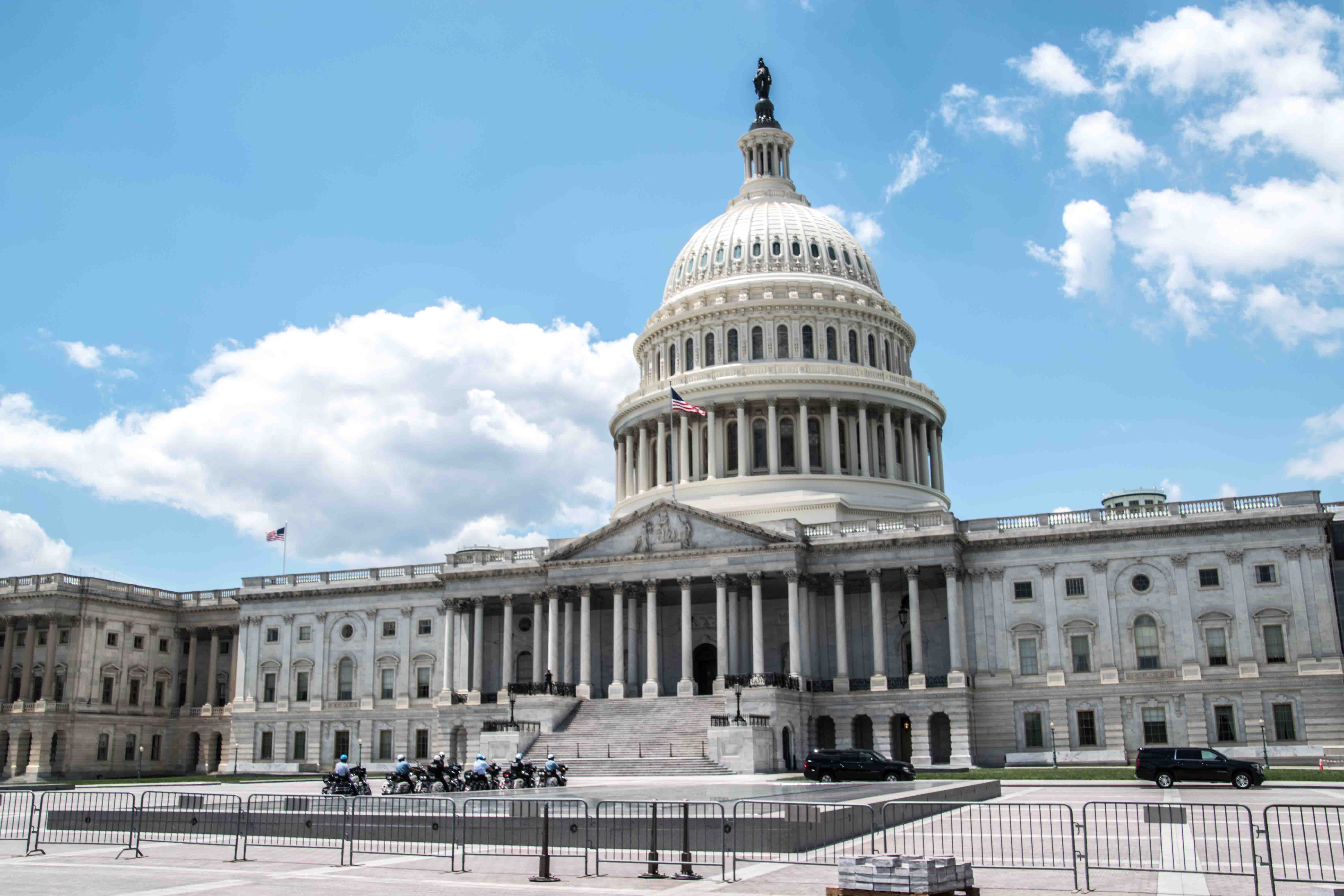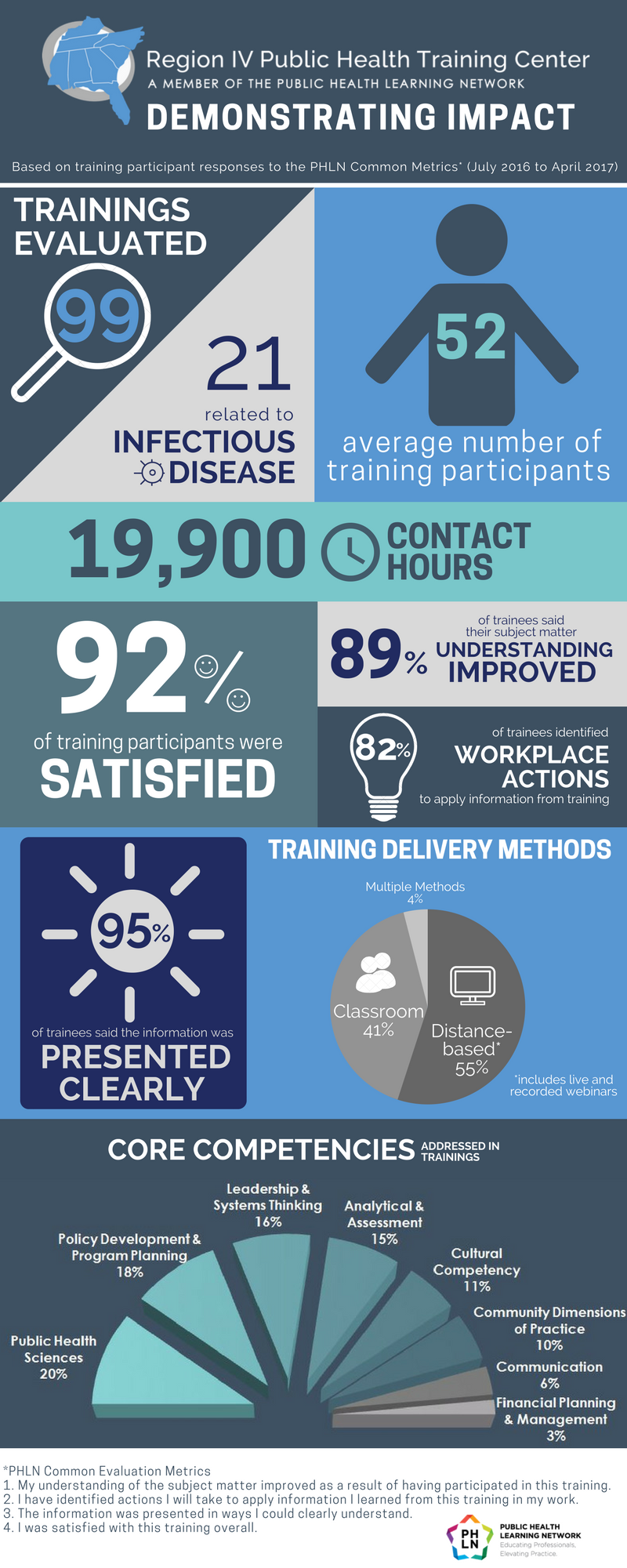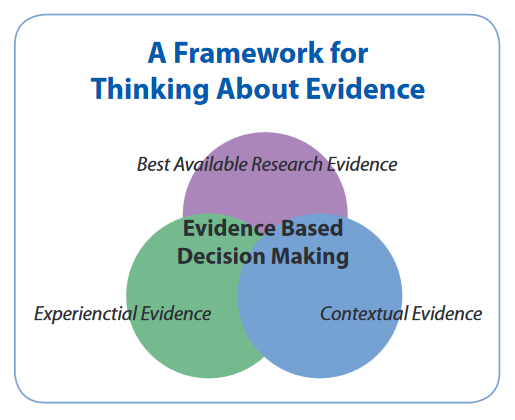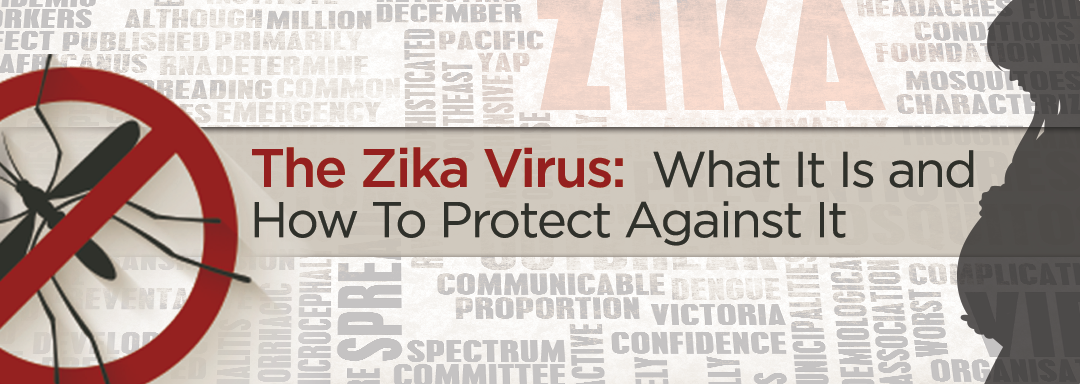
October is Health Literacy Month: A Public Health Imperative
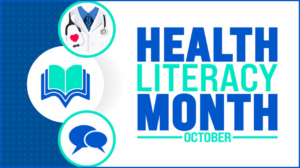 Health literacy—the ability to find, understand, and use health information—is more than a patient skill. It’s a public health priority. This October, as we observe Health Literacy Month, we are reminded that clear communication is a form of prevention in action.
Health literacy—the ability to find, understand, and use health information—is more than a patient skill. It’s a public health priority. This October, as we observe Health Literacy Month, we are reminded that clear communication is a form of prevention in action.
Why Health Literacy Matters
According to the CDC, health literacy is now understood in two complementary ways:
-
Personal health literacy: the degree to which individuals have the ability to find, understand, and use information and services to inform health-related decisions and actions for themselves and others.
-
Organizational health literacy: the degree to which organizations equitably enable individuals to find, understand, and use information and services to inform health-related decisions and actions.
This updated framing—endorsed by HHS via Healthy People 2030—emphasizes that systems must do their part, not just expect individuals to “get it.”
The Challenge: How Big Is the Gap?
-
The CDC estimates that nearly 9 out of 10 English-speaking adults in the U.S. have limited health literacy.
-
The National Assessment of Adult Literacy (NAAL) found that only 12% of U.S. adults have “proficient” health literacy skills.
-
Many adults struggle with tasks such as interpreting prescription labels or navigating healthcare systems.
-
In clinical and public health programs, limited health literacy has been associated with poorer outcomes, increased use of emergency care, lower uptake of preventive services, and suboptimal chronic disease management.
These numbers make it clear: health literacy is not a fringe issue. It affects nearly every individual and every organization touching public health.
CDC’s Strategy: Leading by Example
Recognizing this gap, CDC has adopted a Health Literacy Action Plan to guide its own efforts while empowering partners to follow suit. The plan centers on three core goals:
1. Develop and Share Health and Safety Information That Is Accurate, Accessible, and Actionable
-
-
CDC aims to ensure information is clear, tested, and usable by diverse audiences.
-
-
-
One tool is the CDC Clear Communication Index, which helps organizations evaluate whether their materials adhere to best practices in clarity.
-
2. Integrate Clear Communication and Health Literacy into Public Health Planning, Policy, and Funding
-
-
Rather than treating communication as an afterthought, CDC seeks to embed plain-language practices into research, grants, policy, and evaluation.
-
3. Incorporate Health Literacy from Early Education Through Higher Education
-
-
By building health and science communication skills early (K–12 through university), the goal is to elevate health literacy across future generations.
-
CDC also provides a broad collection of resources — from training modules to toolkits and guides for developing low-literacy materials — to support health communicators, program planners, and public health professionals.
What This Means for Public Health — In Practice
From a public health perspective, Health Literacy Month serves as a prompt to refine our approach to engaging, educating, and partnering with communities. Here’s what we can do:
-
Audit our communications: Use tools like the CDC Clear Communication Index to evaluate brochures, web pages, signage, and patient-facing materials.
-
Co-design with communities: Involve end users—especially from underserved or marginalized populations—in testing materials and messaging.
-
Train staff and partners: Equip program planners, frontline workers, and communicators with principles of plain language, cultural-linguistic competence, and health literacy (with CDC and other training resources available).
-
Embed health literacy into project planning: From the start, require that programs include health literacy strategies in design, evaluation, and budgeting.
-
Build for accessibility: Consider diverse needs (including low literacy, limited English proficiency, older adults, disabilities, and digital access) when selecting formats and channels.

